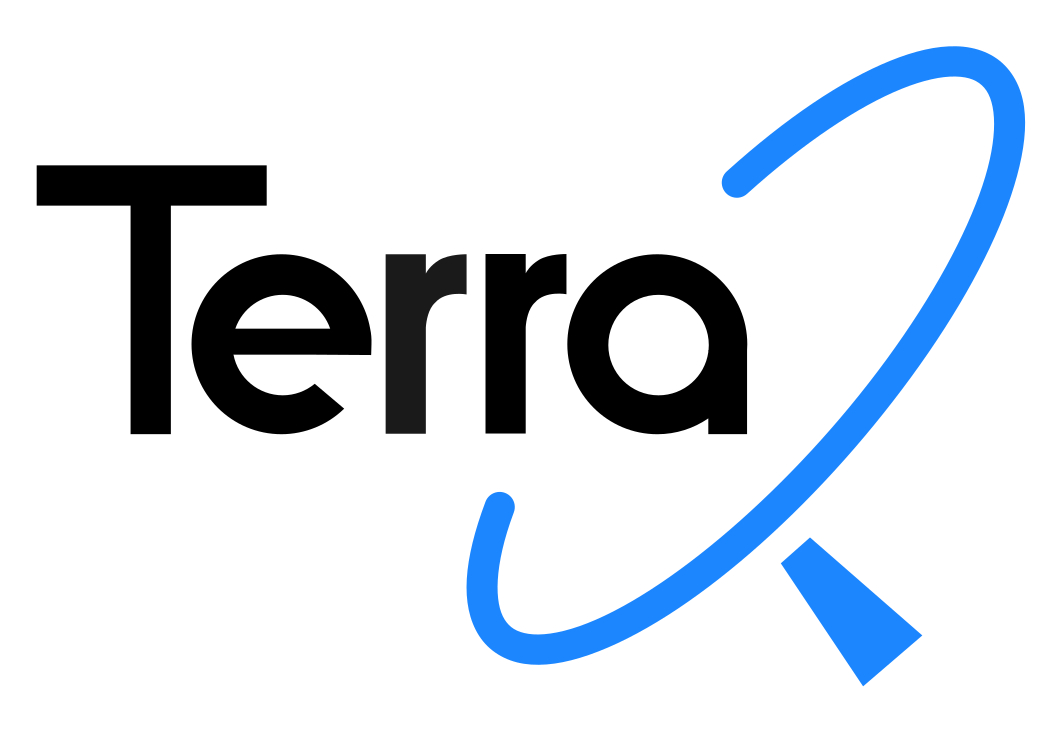Forschungsbereich A entwickelt neue Quantensensoren für die Anwendung in der Geodäsie, insbesondere Atomuhren und atomare Schwerkraftsensoren. Diese Entwicklungen umfassen sowohl kompakte, mobile Geräte wie auch große stationäre Geräte.
Großgeräte wie eine neue 10-m-Atomfontäne VLBAI (Very Large Baseline Atom Interferometry) ermöglichen experimentelle Gravimetrie mit extremer Präzision. Transportable Geräte können für die Beobachtung von zeitlichen Schwere- und Massenänderungen in regionalen Kampagnen eingesetzt werden. Für den Feldeinsatz müssen die Atom-Gravimeter aber noch erheblich verkleinert werden. Dazu werden die Teilprojekte chipgroße Atomgravimeter mit Bose-Einstein-Kondensaten als Atomquelle entwickeln.
Der zweite Schwerpunkt des Forschungsbereichs A liegt im Betrieb und der Weiterentwicklung von optischen Uhren, die über Glasfaserverbindungen zu Netzwerken verbunden sind. Die Messung der relativistischen Gravitationsrotverschiebung durch optische Uhren eröffnet völlig neue Möglichkeiten mit einer Höhenauflösung jenseits klassischer geodätischer Techniken.
Projekte in Forschungsbereich A
Leiter Forschungsbereich A
Prof. Dr. Ernst Rasel
Telefon
E-Mail
Prof. Dr. Ernst Rasel
Telefon
E-Mail
Publikationen Forschungsbereich A
Zeige Ergebnisse 1 - 20 von 25
Heine H, Arnold AS, Le Gonidec M, Griffin PF, Riis E, Herr W et al. A compact high-flux grating chip cold atom source. New Journal of Physics. 2025 Mär 14;27(3):033019. doi: 10.1088/1367-2630/adbc14
Kraus B, Herbers S, Nauk C, Sterr U, Lisdat C, Schmidt PO. Ultra-stable transportable ultraviolet clock laser using cancellation between photo-thermal and photo-birefringence noise. Optics letters. 2025 Jan 14;50(2):658-661. doi: 10.1364/OL.544907
Kuhl A, Koke S, Koczwara A, Waterholter T, Grosche G. Setup and Characterization of a Fiber Brillouin Amplifier Module for Optical Frequency Transfer Over Interferometric Fiber Links. Annalen der Physik. 2025 Feb 24. doi: 10.1002/andp.202400414
Grotti J, Nosske I, Koller SB, Herbers S, Denker H, Timmen L et al. Long-distance chronometric leveling with a portable optical clock. Physical review applied. 2024 Jun 3;21(6):L061001. doi: 10.1103/PhysRevApplied.21.L061001
Stolzenberg K, Struckmann C, Bode S, Li R, Herbst A, Vollenkemper V et al. Multi-axis inertial sensing with 2D arrays of Bose Einstein Condensates. 2024 Mär 13. Epub 2024 Mär 13.
Abend S, Allard B, Arnold AS, Ban T, Barry L, Battelier B et al. Technology roadmap for cold-atoms based quantum inertial sensor in space. AVS Quantum Science. 2023 Mär;5(1):019201. Epub 2023 Mär 20. doi: 10.1116/5.0098119
Delva P, Altamimi Z, Blazquez A, Blossfeld M, Böhm J, Bonnefond P et al. GENESIS: co-location of geodetic techniques in space. Earth, planets and space. 2023 Jan 11;75(1):5. doi: 10.1186/s40623-022-01752-w
Dörscher S, Klose J, Maratha palli S, Lisdat C. Experimental determination of the E2−M1 polarizability of the strontium clock transition. Physical Review Research. 2023 Feb 7;5(1):L012013. doi: 10.1103/PhysRevResearch.5.L012013
Elmaghraby A, Krawinkel T, Schön S, Piester D, Bauch A. On Error Modeling in GNSS-based Frequency Transfer: Effects of Temperature Variations and Satellite Orbit Repeat Times. in Proceedings of the 54th Annual Precise Time and Time Interval Systems and Applications Meeting: January 23 - 26, 2023 Hyatt Regency Long Beach Long Beach, California . 2023. S. 23-37. (Proceedings of the Annual Precise Time and Time Interval Systems and Applications Meeting, PTTI). doi: 10.33012/2023.18699
Jürss T, Grosche G, Koke S. Free-space interferometer design for optical frequency dissemination and out-of-loop characterization below the 10−21-level. Photonics research. 2023 Jun;11(6):1113-1124. Epub 2023 Apr 21. doi: 10.1364/prj.485899
Kermarrec G, Schön S. Common-clock GPS single differences: An improved correlation model for GPS phase observations based on turbulence theory. Advances in space research. 2023 Aug 15;72(4):1081-1093. Epub 2023 Jun 1. doi: 10.1016/j.asr.2023.05.042
Lezeik A, Tell D, Zipfel K, Gupta V, Wodey É, Rasel E et al. Understanding the gravitational and magnetic environment of a very long baseline atom interferometer. in Lehnert R, Hrsg., Proceedings of the 9th Meeting on CPT and Lorentz Symmetry, CPT 2022: Proceedings of the Ninth Meeting on CPT and Lorentz Symmetry. World Scientific. 2023. S. 64-68. (Proceedings of the 9th Meeting on CPT and Lorentz Symmetry, CPT 2022). Epub 2022 Sep 19. doi: 10.48550/arXiv.2209.08886, 10.1142/9789811275388_0014
Albers H, Corgier R, Herbst A, Rajagopalan A, Schubert C, Vogt C et al. All-optical matter-wave lens using time-averaged potentials. Communications Physics. 2022 Mär 16;5(1):60. doi: 10.48550/arXiv.2109.08608, 10.1038/s42005-022-00825-2
Belenchia A, Carlesso M, Bayraktar Ö, Dequal D, Derkach I, Gasbarri G et al. Quantum physics in space. Physics reports. 2022 Mär 11;951:1-70. Epub 2022 Jan 6. doi: 10.1016/j.physrep.2021.11.004
Bondza S, Lisdat C, Kroker S, Leopold T. Two-Color Grating Magneto-Optical Trap for Narrow-Line Laser Cooling. Physical review applied. 2022 Apr 1;17(4):044002. doi: 10.1103/physrevapplied.17.044002
Grotti J, Herbers S, Al-Masoudi AKA, Dörscher S, Koke S, Grosche G et al.. Chronometric leveling using a transportable strontium atomic clock. 2022. Postersitzung präsentiert bei American Geophysical Union (AGU) Fall Meeting 2022, Chicago, Illinois, USA / Vereinigte Staaten.
Herbers S, Häfner S, Dörscher S, Lücke T, Sterr U, Lisdat C. Transportable clock laser system with an instability of 1.6 × 10-16. Optics letters. 2022 Okt 15;47(20):5441-5444. doi: 10.1364/OL.470984
Krawinkel T, Elmaghraby A, Schön S. Exploring the Technical Limits of GNSS-based Frequency Transfer. in Proceedings of the 53rd Annual Precise Time and Time Interval Systems and Applications Meeting. 2022. S. 188-198 doi: 10.33012/2022.18288
Schioppo M, Kronjäger J, Silva A, Ilieva R, Paterson JW, Baynham CFA et al. Comparing ultrastable lasers at 7 × 10−17 fractional frequency instability through a 2220 km optical fibre network. Nature Communications. 2022 Jan 11;13(1):212. doi: 10.1038/s41467-021-27884-3
Koke S, Benkler E, Kuhl A, Grosche G. Validating frequency transfer via interferometric fiber links for optical clock comparisons. New journal of physics. 2021 Sep 20;23(9):093024. doi: 10.1088/1367-2630/ac21a0












